 |
 |
 |
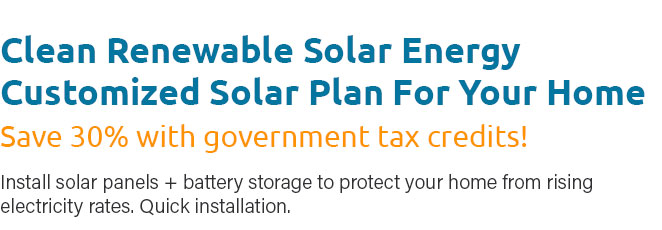 |
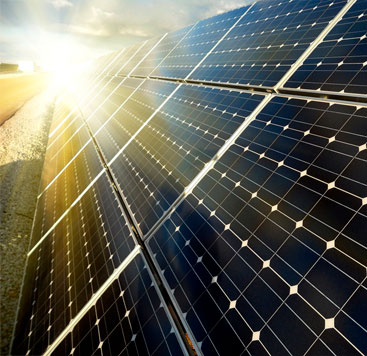 |
 |
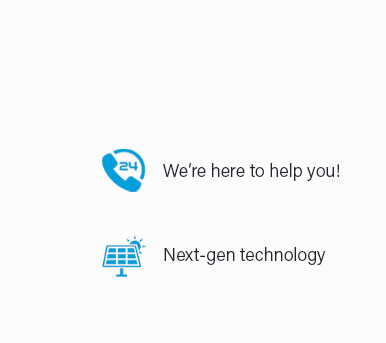 |
 |
 |
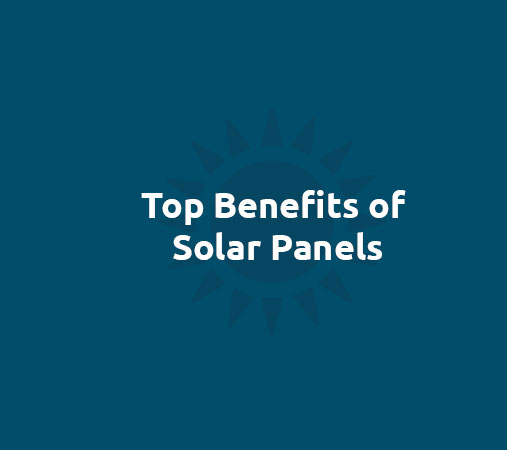 |
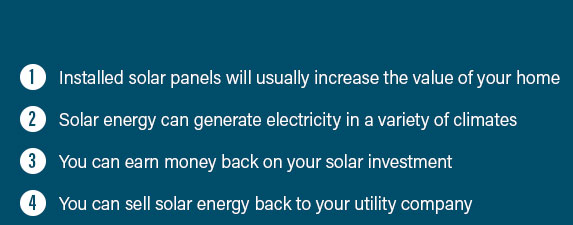 |
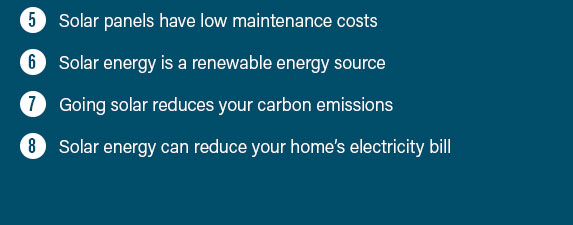 |
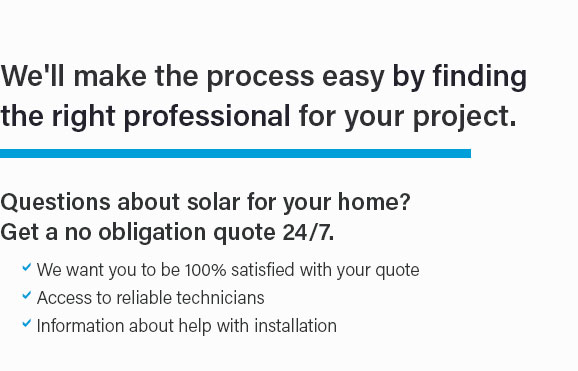 |
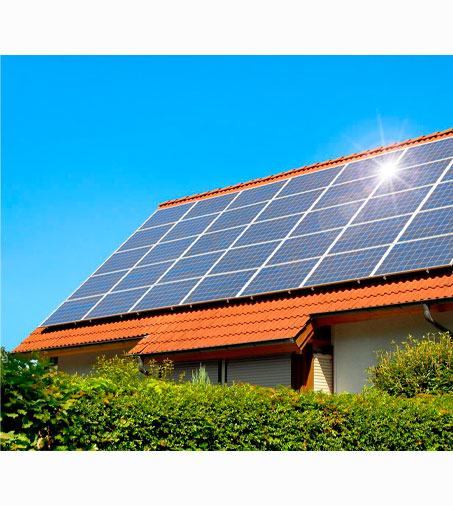 |
|
 |
 |
 |
|
Unlock the true potential of your business with our cutting-edge commercial solar panel installation solutions-get your tailored solar panels installation quote today and discover how you can slash energy costs while boosting your eco-credentials; experience seamless integration, rapid ROI, and unparalleled efficiency with our expert team guiding you every step of the way, transforming your energy footprint into a beacon of sustainability and innovation.
https://floridapowerservices.com/how-much-do-commercial-solar-panels-cost-in-florida/
First and foremost, the cost of commercial solar panel installations in Florida varies due to several factors like system size, panel type, and ... https://www.solarreviews.com/blog/installing-commercial-solar-panels
Commercial solar systems can cost anywhere between $24,900 and $581,000 depending on how large of a project it is. In this blog, we'll further explain the ... https://coldwellsolar.com/commercial-solar-blog/how-much-do-industrial-solar-panels-cost/
Commercial solar panels typically cost about $325,000, with average costs in the US ranging between $50,000 and $600,000. Also, remember that ...
|